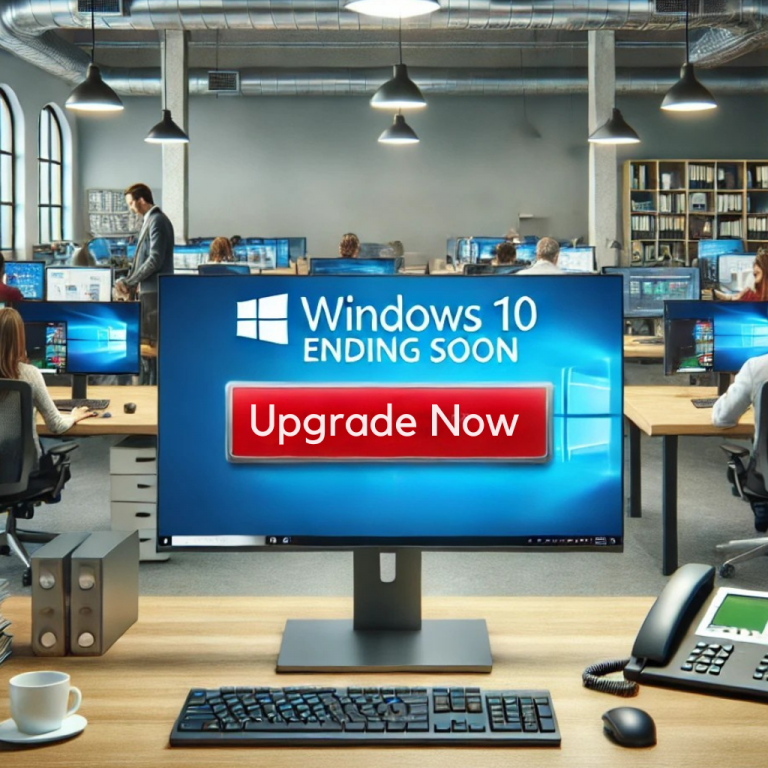Mark your calendar: October 14, 2025 – the official end of support for Windows 10. After this date, Microsoft will no longer provide security patches, bug fixes, or technical assistance. But here’s the bigger picture: it’s not just your operating system that’s affected. Your critical business applications could face serious consequences too.
So what should you expect? Let’s break it down.
No More Security Updates = Increased Risk When Windows 10 support ends, so do the updates that protect your systems. This opens the door to potential cyberattacks.
How Your Applications Are Affected:
- Data Breach Risk: Without security patches, vulnerabilities stay wide open for exploitation.
- Compliance Violations: In industries like healthcare and finance, running on unsupported software could land you in hot water with regulators.
- Business Interruptions: One successful attack can bring operations to a halt.
Compatibility Will Start Breaking Down Software developers won’t support outdated platforms forever. As Windows 10 becomes obsolete, your apps will stop working as expected.
What That Looks Like:
- Frequent Crashes: Apps may become unstable or stop launching.
- Missing Features: New software versions won’t work on outdated systems, leaving you behind.
- Weakened Security: App updates often include critical security enhancements that won’t function properly on Windows 10.
Vendor Support Will Vanish It’s not just Microsoft walking away. App and hardware vendors will stop offering help for anything running on Windows 10.
Expect:
- No More Tech Support: Third-party vendors will end support for products on Windows 10.
- Tool Compatibility Issues: New integrations and updates will be built for Windows 11 and beyond.
- Hardware Limitations: Future devices might not work with your old system.
Performance Will Take a Hit Sticking with an outdated OS slows everything down. As software becomes more advanced, older systems can’t keep up.
The Business Impact:
- Sluggish Apps: Slower performance means reduced employee efficiency.
- More Downtime: Older systems crash more often, interrupting workflows.
- Higher Costs: Maintaining outdated infrastructure demands more IT time and resources.
What You Should Do Now To keep your applications running smoothly and securely, take action:
- Back Up Your Data – Safeguard your important files before making changes.
- Plan Your Upgrade Path
- Use Microsoft’s PC Health Check tool to see if your hardware supports Windows 11.
- Budget for new equipment if needed.
- Work With A Trusted IT Partner(Highly Recommended)
- Get expert advice on the smoothest, safest upgrade strategy.
- Minimize disruption with guided migration.
- Ensure robust security throughout the transition.
Don’t Procrastinate Waiting until the last minute increases your exposure to security threats, compliance issues, and operational disruptions.
Start today with a FREE Network Assessment. We’ll evaluate your environment, check app compatibility, and create a smart upgrade plan.
Click here to schedule your FREE Network Assessment and ensure your applications and systems stay protected.
Don’t leave your business vulnerable. Take the proactive step now and future-proof your technology.

